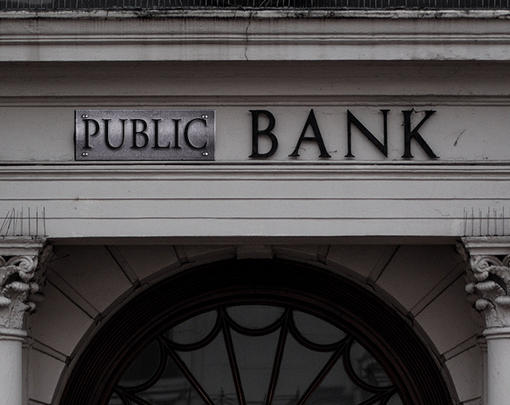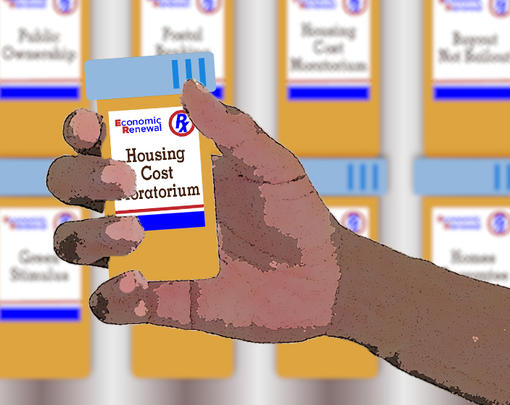The Community Reinvestment Act was passed by Congress in 1977 to spur lending and investing in communities of color and lower-income neighborhoods. The CRA requires that deposit-taking banks reinvest capital back into the communities from where they draw those deposits. This requirement is based on the recognition that banks receive from the public an economic benefit from their federally issued bank charter and the federal deposit insurance that protects their assets. In turn, the banks’ compliance with the CRA is assessed based on how well they serve the public purpose of supporting the lending and investment needs of their “assessment areas”—the low- and moderate-income communities surrounding bank branches and deposit-taking ATMs.
In 2018, the Office of the Comptroller of the Currency made public an “advance notice of proposed rulemaking” that requests comments on reforms that would make significant changes to how the CRA is administered. The proposals come amid broader changes within the financial services industry and critical assessments of the law’s effectiveness in the communities that the law is supposed to serve.
This working paper is intended to inform and guide responses to the OCC rulemaking notice as well as a longer-term reform agenda that could lead to a “next system” of banking and investment that better serves the public good.
The 12-page guide that accompanies the working paper is a reference summarizing its key facts and findings, with avenues for advocacy and resources for information and support.
The working paper identifies gaps in how the CRA is administered and in how banks are held accountable:
- The definition and criteria of community development do not specify community wealth building approaches.
- CRA exams do not include community input or rigorously review bank performance.
- Enforcement mechanisms lack strict penalties, and growth in the finance sector is happening beyond the reach of the CRA.
Institutional, structural, and ideological barriers make pushing for significant reforms of the CRA very costly politically. Community support will be key to advancing major reforms to the CRA and laying the groundwork for centering community wealth building models within those reforms.
Community wealth building aims to promote the inclusive and collective ownership of assets by local residents. Instead of being concentrated in large corporations or traded on stock markets, ownership is broad-based and democratic. Community wealth building models include social enterprises, community development corporations, employee stock ownership plans (ESOPs), municipally owned enterprises, community land trusts, and cooperatives.
The shift in the structural arrangement of ownership and control of assets afforded through these models, from ownership and control by a few to ownership and control by many, and the intentional inclusion of traditionally marginalized groups into these new models of ownership and control, is imperative to shifting to an economic system that builds wealth and prosperity for everyone.
Of primary importance to CRA reform is defending the existing law from efforts to remove or weaken it. That includes resisting such efforts as raising the asset size thresholds for small and intermediate-small banks as well as opposing proposed changes in the bank rating system outlined in the OCC’s Notice of Proposed Rulemaking that could severely diminish the CRA’s impact by emphasizing quantity over the quality or type of projects.
The longer-term agenda for reform outlined in the working paper and the guide would make the CRA an even more effective tool among many to advance a community wealth building approach to community development. Once updated, a 21st century CRA would not only help promote economic security and inclusion but would help plant the seeds of a new system of community investment—one focused on building up local relationships, fostering local ecologies, and democratizing the ownership and control of assets at the community level.
Download and Share
Working paper
Guide
Related content
Podcast: Listen to The Next System Podcast as report author Devin Case-Ruchala talks about the Community Reinvestment Act’s successes, deficiencies and opportunities for reform with two economic development leaders.
Article: “What Banks Owe America,” published in The American Prospect, highlights key findings in the report and explains how communities can make the Community Reinvestment Act work better for them.




